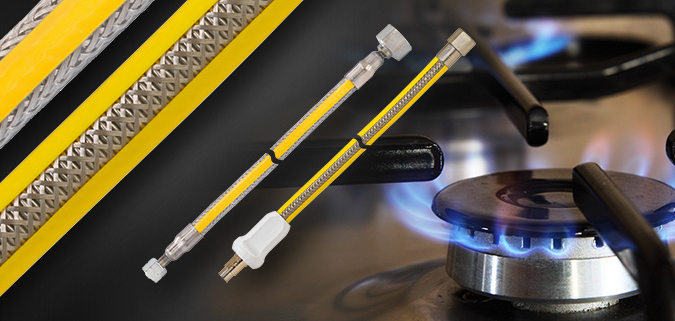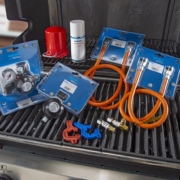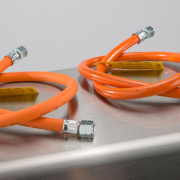When do I have to replace stainless steel gas hoses in LPG systems?
In order to connect a gas stove in the household or in a large kitchen with a gas cylinder or a pressure reducer, hose assemblies made of stainless steel (metal corrugated hose, stainless steel corrugated tube) or metal braided corrugated pipes are used sometimes. This raises the question whether the usual replacement period also applies here.
As before, the orange gas hose is still dominating in LPG systems with propane, butane and mixtures of the two. These hose assemblies are either made of rubber or plastic and are generally very durable – despite very intensive and hard-wearing use in some cases.
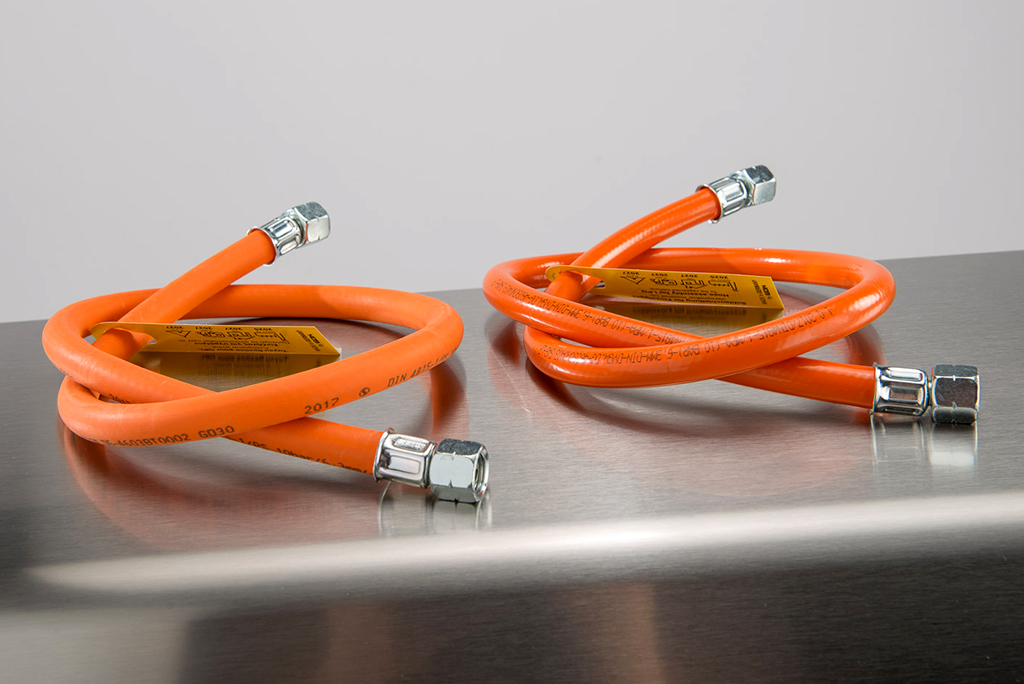
Replacement period conventional hoses
Nevertheless, they are a wear part, and thus subject to a certain ageing and must be replaced at regular intervals in order to minimise the potential hazards due to gas leakage. The Technical Rules for LPG (TRF) define the replacement period for gas hoses (hose assembly) for household applications. After ten years from the date of manufacture (see inscription or hose tag) the hoses have to be replaced, according to the TRF! For commercial applications, the valid DGUV 110-010 stipulates a replacement period of eight years.
Replacement period for a stainless steel hose?
In addition to the orange hose assemblies made of rubber and plastic, stainless steel hose assemblies are suitable and used for LPG systems. GOK offers them, among other things, as part of a kit to connect the gas stove or as a so-called all-gas hose for the gas socket. Of course, after ten years at the latest, the question arises whether the replacement periods from the TRF also apply to the stainless steel gas hoses. The short answer is: No!
Different standards
In a little more detail: The TRF require the hose assemblies which are manufactured in accordance with DIN 4815-2 or DIN 16436-2 to be replaced; in particular, these include the orange hoses made of rubber and plastic. Hose assemblies made of stainless steel, more precisely: metal braided corrugated pipes, are defined in DIN 3384 or DIN 14800. The TRF do not stipulate a replacement period for this type of hose.
Of course, this also depends on the difference in the material. While materials such as rubber or plastic are subject to ageing and wear, stainless steel is not subject to ageing, or only subject to ageing to a certain degree. The specifications of the respective manufacturer are nevertheless binding and must be complied with, if there are any.
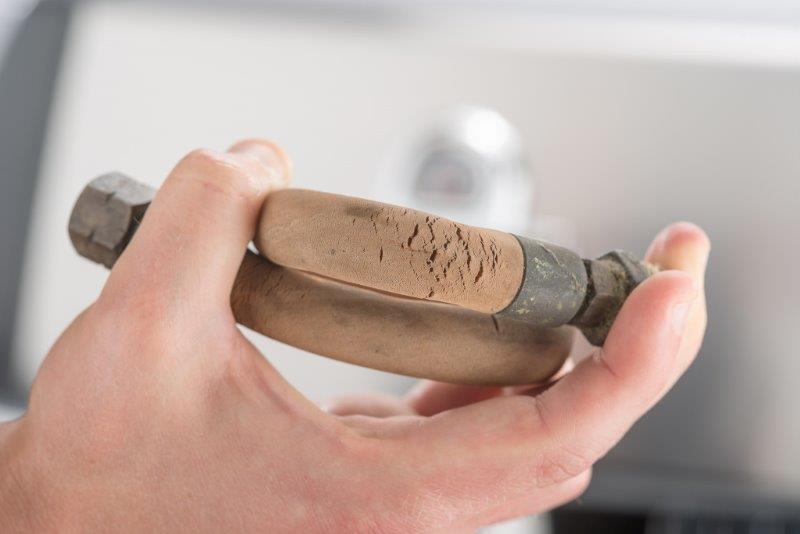
Summary – Conclusion
This means that, after ten years, the orange hose assemblies made of rubber or plastic must be removed from LPG systems used in household or commercial sector after ten years. Gas hoses made of stainless steel do not have a replacement period and therefore only have to be replaced if a user or specialist finds a defect.
As stainless steel itself is far more expensive as raw material and is more complex in processing than rubber or plastic, the sales prices of the individual products differ. Users now have the choice – GOK has both solutions in the range.
